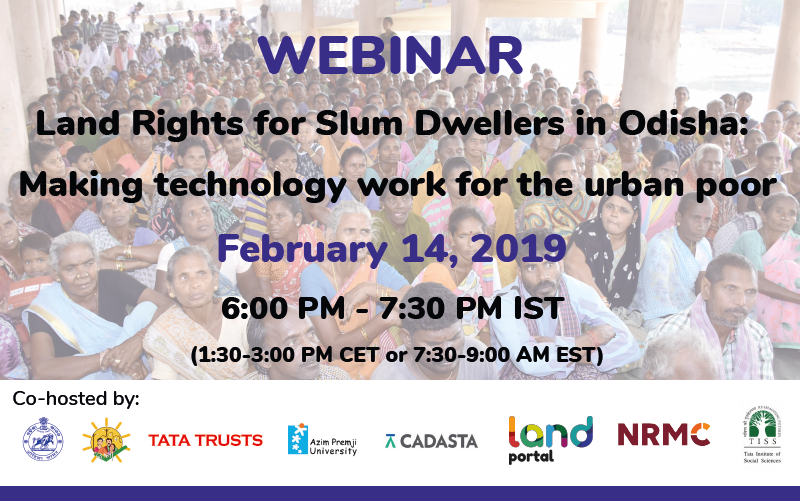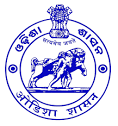The Land Portal Foundation and the NRMC Center for Land Governance partnered with key organizations to hold a series of three webinars leading up to the third annual India Land and Development Conference (ILDC), which took place from 12-14 March, 2019. The results of these webinars will inform discussions at respective panel sessions during the conference with the aim of making panel-conversations more nuanced while also ensuring deeper dives into the subject, thereby achieving more actionable results. The ultimate goal of these webinars is to contribute to desirable changes in institutional frameworks and to eliminating barriers that are limiting implementation of legal and policy frameworks, through enhanced awareness and understandings of stakeholders. In addition, these webinars connected local and global discourse and audiences, with the immediate outcome of enhanced and nuanced appreciation of the issue and more informed actions that contribute to better results.
The webinar on Land Rights for Slum Dwellers in the East Indian State Odisha: Making technology work for the urban poor took place on 14 February. The webinar was co-organized by the Government of Odisha, Tata Trusts, Azim Premji University, Cadasta Foundation, Tata Institute of Social Sciences (TISS) with support from the NRMC Center for Land Governance and the Land Portal Foundation.
Odisha is one of the major states of India, urbanizing at a fast rate. As per the 2011 census, while the total growth rate of population for the state over the past decade was 13.97%, it was 26.8% for the urban areas. Much of this high urban growth rate is due to the migration of poor people from rural to urban areas in search of better livelihood opportunities, and this also contributes to the growth of informal settlements or ‘slums’. This increasing slum population poses high demands on the urban local bodies to provide land for housing and basic services. Lack of legal land tenure has a detrimental impact on their overall quality of life. Without a certificate of residence, they are barred from getting loans for starting businesses, accessing basic services or finding a formal job.
In August 2017, Government of Odisha enacted landmark legislation the “Odisha Land Rights to Slum Dwellers, Act 2017” to enable identifying, securing and transferring of land rights to slum dwellers in all municipalities and Notified Area Councils (NACs). In all stages of the project execution, advanced technology was used to bring in ease of doing this accurately, create transparency in the process, remove discrepancies, reduce the dependency on human interventions and bring in speed in execution. While mapping was done through Unmanned Aerial Vehicles (drones), data collection was done through GIS and digital based applications, and the project was managed through digital networking. This is perhaps the first time that UAVs and other technologies are being used to create high-resolution maps of slums and a household database at such a large scale in India.
Objective: The objective of the webinar was to discuss anecdotes of the land rights policy in the state, application of innovative technology, processes and partnerships in the project execution and best practices followed in gaining rights for slum dwellers.
Panelists:
- G. Mathi Vathanan, IAS, Principal Secretary, Housing & Urban Development Department, Government of Odisha
- Amita Girish Bhide, Professor and Dean, School of Habitat Studies, Tata Institute of Social Sciences
- Frank Pichel, Cadasta Foundation
- Shishir Dash, Lead- Urban habitat, Tata Trusts
Moderator:
- Narayana Gatty, Professor, Azim Premji University





